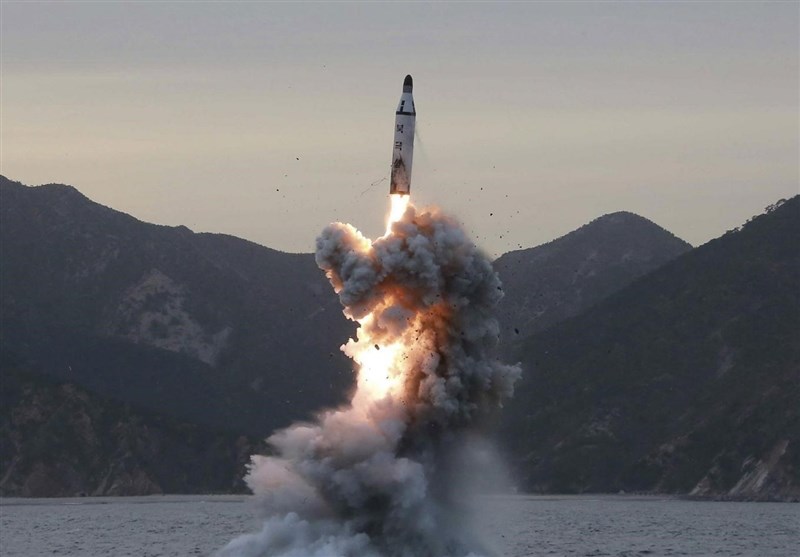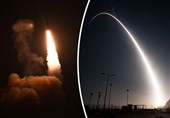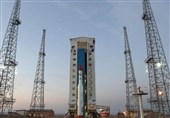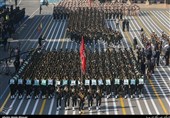North Korea Carries Out 'Unprecedented' Test of Submarine Missile System
TEHRAN (Tasnim) - The US military is monitoring "highly unusual and unprecedented levels" of activity by North Korea's submarine force, with reports of a series of successful "ejection tests" of submarine-launched ballistic missiles described by analysts as a "critical step forward".
Three ejection tests were carried out on land at Sinpo Naval Shipyard in July alone, US officials told CNN.
A further test was carried out at the base, which is the headquarters of the Maritime Research Institute of North Korea's Academy of National Defense Science, earlier in the year.
The report comes after North Korea's latest test of an intercontinental ballistic missile has shown that Pyongyang now may be able to reach most of the continental United States, The Telegraph reported.
An ejection test is designed to test the cold-launch system required to propel a missile away from its launch tube on the submarine before the engine ignites, protecting the submarine.
The ground-based tests also coincide with a North Korean Romeo-class submarine carrying out "unusual activities" off the east coast of the peninsula for at least one week in late July.
The US and South Korea monitored the activities of the 1,800-ton diesel vessel, which is armed with 14 torpedoes and up to 20 mines. The submarine travelled more than 60 miles from the North Korean coast and into international waters, something which no submarine has been observed doing previously.
Analysts at the US-Korea Institute at Johns Hopkins University suggested there are a number of possible explanations, although the "most likely is preparations for a test in the near future of an updated Pukguksong-1 submarine-launched ballistic missile or a potentially newer system".
North Korea first successfully launched an SLBM in August 2016, with the weapon traveling more than 300 miles. Pyongyang is believed to want to be able to deploy a missile-capable submarine into the Pacific Ocean as an additional threat to the United States.
"Achieving a successful cold-launch ejection test, even from land-based tubes, is a critical step forward in making an operational missile", said Lance Gatling, a defense analyst and president of Tokyo-based Nexial Research Inc.
"The whole point of putting missiles into a stealthy platform like a submarine is to achieve tactical surprise, and this moves closer to that", he told The Telegraph.
The biggest problem for the North Koreans, however, is its "antiquated" and extremely noisy submarines, which make it relatively easy for US, South Korean and Japanese assets to monitor their activities, Gatling said.
North Korea is believed to have a fleet of around 70 submarines, although virtually all are obsolescent or small coastal vessels designed to infiltrate agents into the South.






